With the help of two NSF awards totaling $1.7m, Prof. Hessam Mahdavifar is tackling new problems to improve the reliability of communication systems for 5G and beyond.
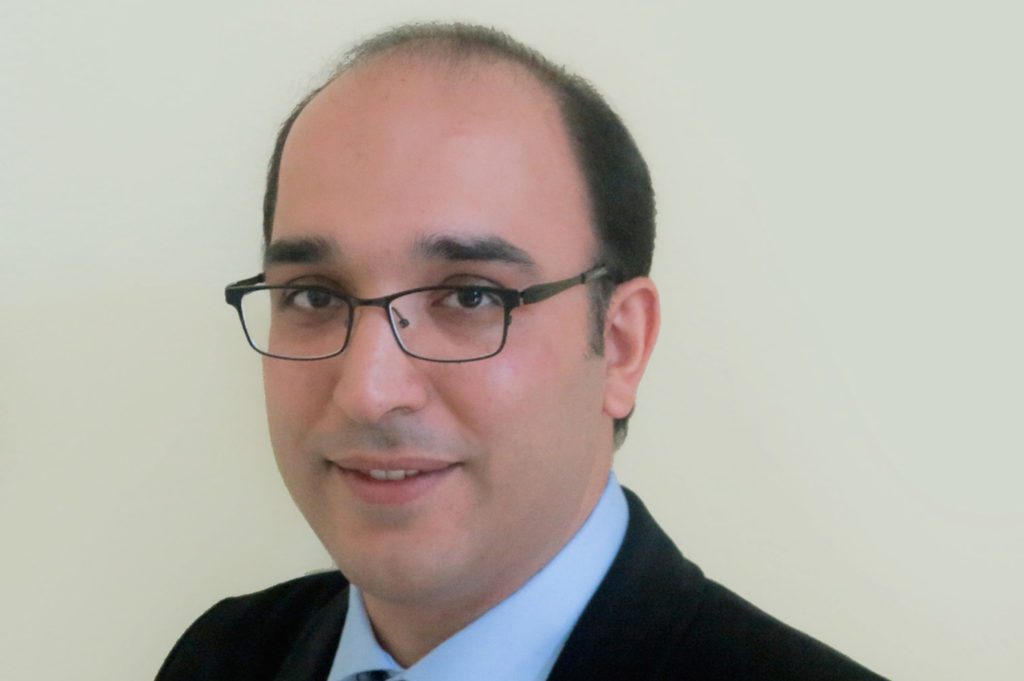

With the help of two NSF awards totaling $1.7m, Prof. Hessam Mahdavifar is tackling new problems to improve the reliability of communication systems for 5G and beyond.

An update on the work done by U-M’s Commission on Carbon Neutrality, co-chaired by Prof. Stephen Forrest.
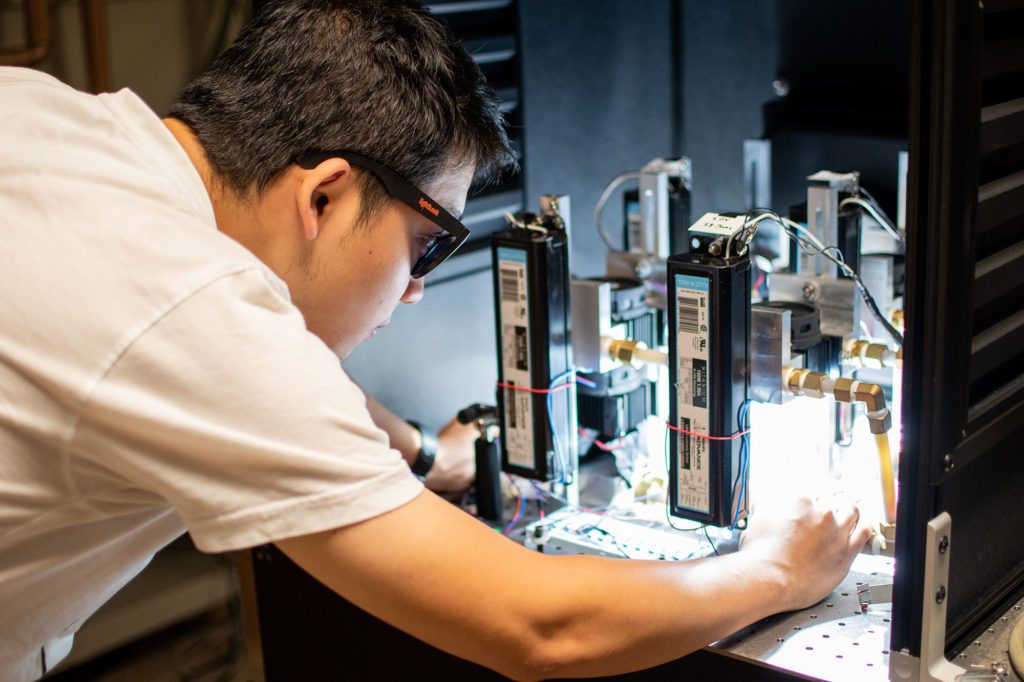
Finally, proof that organic photovoltaics can be as reliable as inorganic, with real-life desert testing
The researchers demonstrated that an adversary could remotely manipulate the temperature sensor measurements without tampering with the targeted system or triggering automatic temperature alarms.
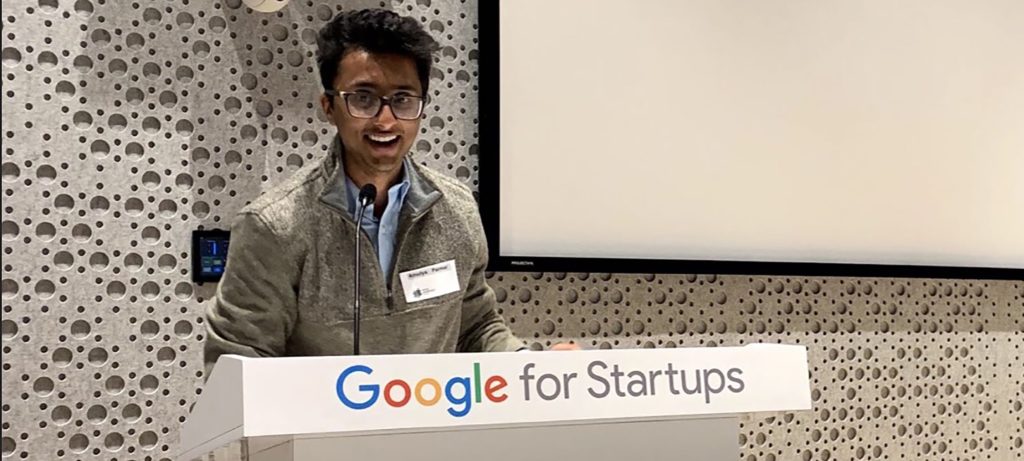
CE undergrad Amulya Parmar designed a machine learning algorithm to curb fake news as part of the Tavtech Fellowship program.
A Q&A with Rachel Goldman
The post The “Magic Ratio” that could power tomorrow’s solar cells appeared first on Michigan Engineering News.
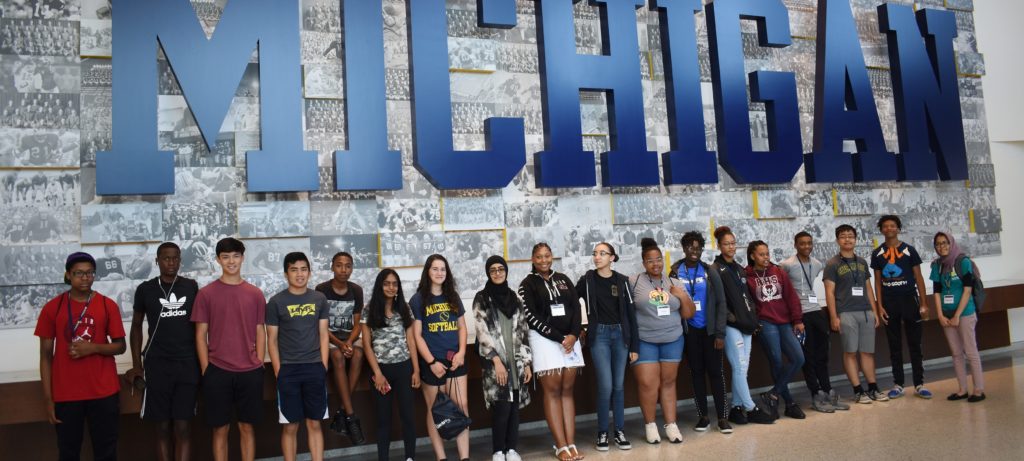
Electrify hosted its first Detroit Tech Camp at the Michigan Engineering Zone this summer to give Detroit-area students greater access to engage with science, technology, engineering, and mathematics.
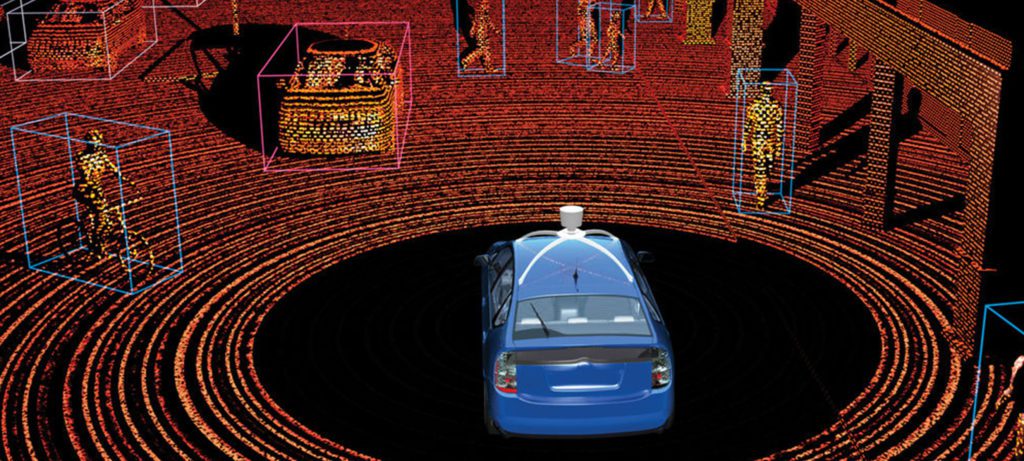
Up to this point, no attacks had been discovered targeting a car’s LiDAR system—but a major new finding from researchers at the University of Michigan has demonstrated what that might look like.

Machine learning will teach the world’s fastest machines to work smarter, not harder.
The post Rewriting the rules for supercomputers appeared first on Engineering Research News.
The authors provide an overview of common challenges to implementing ML in a health-care setting, and describe the necessity of breaking down the silos in ML.